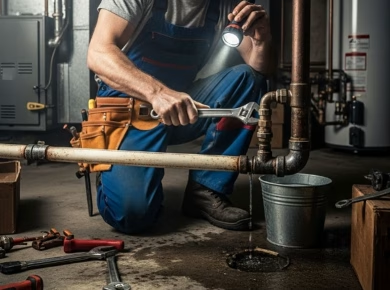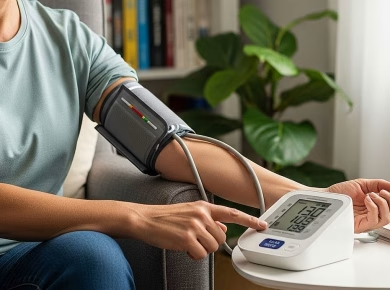Ask ten doctors this question and you’ll hear ten slightly different answers. People want a number—“how long will I live after this?”—but medicine rarely works that way. The truth is, life expectancy after compression fracture depends less on the fracture itself and more on what happens next.
First, let’s clear up what a compression fracture is
It’s not a clean break like when you snap your arm falling off a bike. It’s more like the vertebra in your spine gives in, gets squashed. For older folks, especially with osteoporosis, it can happen from something as ordinary as bending over wrong or slipping in the bathroom. For younger people, usually it takes real trauma, like a car accident.
So when we talk about life expectancy after compression fracture, the bone collapse isn’t usually the thing that ends life. What it does is start a chain of other problems: loss of movement, chronic pain, stooped posture, maybe breathing trouble, maybe another fall. That’s the real danger.
What the numbers really mean
You might read somewhere that people with spinal fractures have higher mortality within five years. That’s technically true. But here’s the nuance—those numbers are averages across thousands of patients. Some were already frail, some had other illnesses, some got no treatment. Put all that in a blender and you get a statistic that scares people.
But take, for example, a 68-year-old with one fracture who does therapy, takes bone-strengthening meds, and keeps active. Their life expectancy after compression fracture can be nearly the same as someone without one. Contrast that with an 82-year-old, already struggling with heart issues, who ends up bedridden after the fracture. That person’s decline can be rapid. Same diagnosis, wildly different outlooks.
Age and general health set the stage
Let’s be blunt: the younger and healthier you are, the better your chances. If you’re 55, otherwise fit, and this happened from a freak accident, it’s not a death sentence. You recover, maybe a year of discomfort, but life goes on.
Now, if you’re 80 with brittle bones, diabetes, and you stop moving because of the pain—that’s where the spiral starts. Immobility is an enemy. It leads to blood clots, weak lungs, infections, depression. That’s what shortens life expectancy after compression fracture more than the fracture itself.
Why treatment changes the story
Pain control isn’t just about comfort—it’s about survival. If the pain is unbearable, you won’t walk. If you don’t walk, your lungs shrink, your heart weakens, your muscles fade. Simple. That’s why doctors push bracing, physical therapy, and sometimes surgical fixes like vertebroplasty. The point isn’t cosmetic, it’s to keep you upright and moving.
And moving equals living longer. Every extra lap around the living room, every walk to the mailbox, it all counts.
The mental side people forget
This part doesn’t show up in medical charts, but it’s real. After a fracture, a lot of people get depressed. You lose independence, you start worrying you’ll fall again, maybe you stop seeing friends. Depression itself doesn’t kill you, but it makes you stop doing the things that keep you alive. Eat less, move less, isolate more. It’s a quiet drain on life expectancy after compression fracture. Families that rally around the patient—who encourage, who check in—often see much better outcomes.
So, is there a timeline?
People hate this answer, but: no, not really. Some folks live another 20 years after a spinal fracture. Others decline within a year. It’s not about the bone—it’s about the body and the choices after. The fracture is the alarm bell, not the fire.
What you do after the alarm goes off—treat osteoporosis, get rehab, adjust the home for safety, eat right, keep moving—that’s what writes the next chapter.
Practical steps that change outcomes
If you want to tilt the odds, these things matter most:
- Get bone medication if osteoporosis is the culprit.
- Start physical therapy early, even if it hurts at first.
- Fix the home environment—no loose rugs, grab bars in bathrooms.
- Focus on protein, calcium, vitamin D.
- Don’t ignore the emotional hit—counseling and social activity are medicine too.
All these little steps stack up, and they add years—sometimes many years—to life expectancy after compression fracture.
Final word
So where does that leave us? A compression fracture isn’t a stopwatch ticking down your life. It’s a warning. Some people ignore it, sink into the chair, and fade. Others fight back—meds, rehab, family support—and they live on, often for decades.
The phrase life expectancy after compression fracture sounds clinical, but in reality it’s about choices, not just biology. The fracture isn’t the end. For many, it’s the turning point.
Read Next:
Achieving Sustainable Weight Loss: A Guide To Healthier Living







